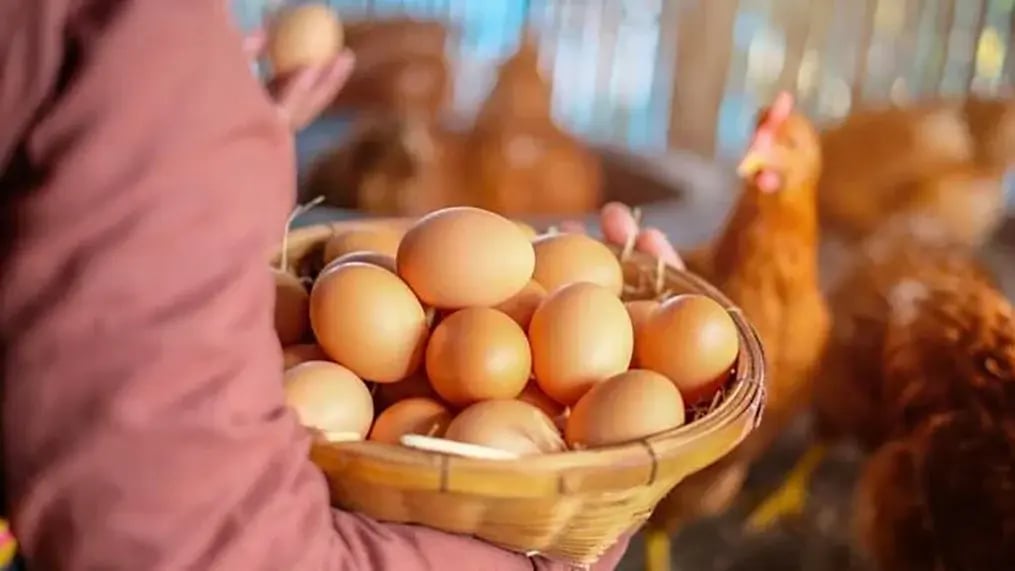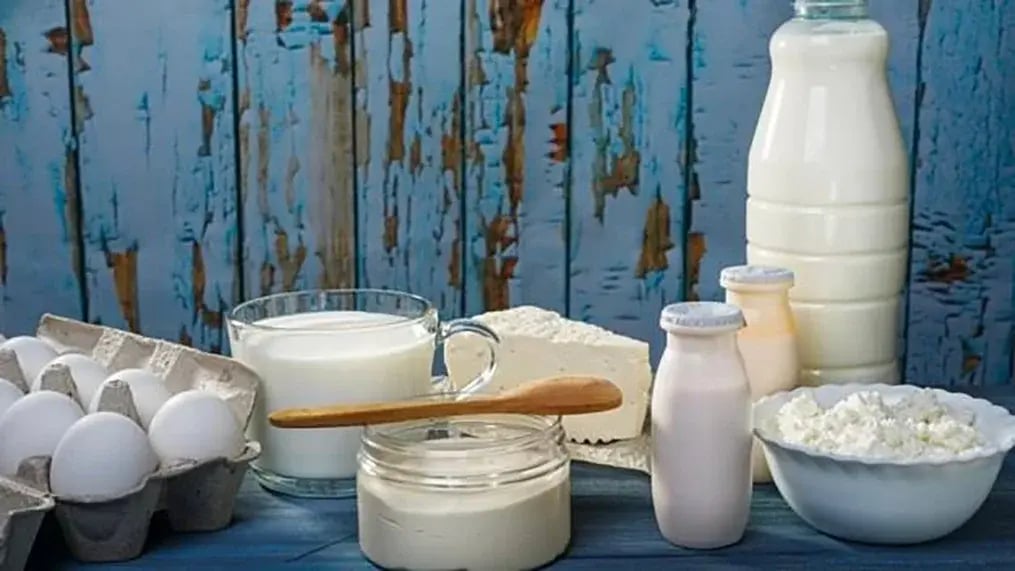- Poultry and eggs
- Dairy
- Lentils and whole grains
- Nuts and seeds
Children have always needed protein to grow and develop at a good rate. It is crucial to their active lifestyle and wholesome development. But in the past, the focus had always been on homemade food or nutritious meals. Nowadays, in the era of fast food and quick cravings, long gone is the focus on nutrition, especially protein. Kids consume a lot of carbs and fats in their daily foods and miss out on adequate protein intake, which can give rise to a host of health issues.
To avoid such situations, parents must understand the role of protein in kids’ healthy eating habits. Only then will their kids’ diet be replete with protein and essential micronutrients.
As it is said, 1 to 3-year-olds should get at least 13 gms of protein a day, 4 to 8-year-olds should consume at least 19 gms of protein per day, while 9 to 13-year-olds require at least 34 gms of protein every day.
Therefore, parents must accordingly ensure that their kids hit their daily protein intake for the day. But before that, they must understand the role protein plays in a healthy kid’s diet.
What is the role of protein in kids’ healthy eating habits?
- Protein is essential to multiple bodily functions, such as providing energy and building and repairing tissues of muscles, organs, blood, skin, hair, and nails.
- They are also responsible for the healthy, well-rounded development of kids, in terms of growth and strength.
- Protein is important also because of the key role it plays with antibodies to protect children from diseases and to boost their immunity.
- Twenty amino acids make up protein, but the human body can produce only eleven. The other nine must come from food. Hence, it is essential to understand and fulfill the role of protein in kids’ healthy eating habits.
- One gram of protein provides four kilocalories of energy, just like carbohydrates, but plays a far more important role. So, one must make sure their kids’ diet comprises 25 to 30% protein.
What happens as a result of protein deficiency?
When protein deficiency occurs, children experience exhaustion, fatigue, delayed growth, pain in joints and bones, lack of concentration, and poor immune response to diseases. Acute protein deficiency also leads to two main syndromes, known as Kwashiorkor and Marasmus. Though both diseases happen in very young children, for Marasmus, it is in kids less than one year of age. While symptoms of Kwashiorkor include swelling of feet and abdomen, growth retardation, poor muscle mass, liver malfunction, poor skin health fatigue, and diarrhea, Marasmus includes retarded growth, acute fatigue and hunger, highly emaciated appearance, poor skin health, and diarrhea. Both diseases are a leading cause of death in children in many impoverished, underdeveloped countries.
Good Sources of Protein
1. Poultry and eggs

Lean poultry meat and eggs are both great sources of protein. Instead of opting for fried chicken and egg rolls at fast food joints, it is better to create their choicest poultry dishes at home, using far healthier methods and product alternatives. Make air-fried or grilled chicken at home and season well or concoct fluffy and artistic French toast in the oven to face the sweet tooth fairy of your house.
2. Dairy

Dairy envelopes a wide range of products, some of which are already popular among kids. Make milk a daily part of your young child’s day via homemade smoothies and low-sugar shakes, while yogurt can be their snack time best friend with some fruits and granola. Avoid processed cheese and use moderate amounts of cheddar, mozzarella, feta, or parmesan, or grill some paneer to make it tandoori night and watch how protein slowly becomes a daily part of your kids’ healthy eating habits.
3. Lentils and whole grains

Rich in proteins, carbs, essential amino acids, minerals, and fibers, lentils and whole grains are a good source of nourishment and energy. Black lentil or urad dal, Bengal gram split or chana dal, red lentil or masoor dal, Pigeon pea lentil or toor dal, and green gram or moong dal, are some of the richest sources of protein among lentils. Among whole grains, oats, ragi, jowar, bajra, sorghum, and barley are some of the best sources of protein, while quinoa joins the ranks of the pseudocereals. Make soups, dals, and creative homemade grain bowls and pair them with some homemade dressing and paneer or meat for a nourishing and protein-rich meal for children.
4. Nuts and seeds
Nuts and seeds may appear tiny but are rich sources of protein and healthy fats for children. Go for peanuts, almonds, cashews, or pistachios for a power-kick of protein, or make a trail mix by combining them with some pumpkin seeds, hemp seeds, sunflower seeds, or flax seeds. Sprinkle some dark chocolate chips into the mix and you have a mood-enhancing protein snack perfect for your kid.
Kaushiki Gangully is a content writing specialist with a passion for children's nutrition, education, and well-being. With more than five years of writing experience and a science-based background, she provides nuanced insights to help families raise happy, healthy kids. Kaushiki believes in making learning and healthy eating fun, empowering parents with practical, easy advice.
The views expressed are that of the expert alone.
The information provided in this content is for informational purposes only and should not be considered a substitute for professional medical advice, diagnosis, or treatment. Always seek the advice of your physician or another qualified healthcare provider before making any significant changes to your diet, exercise, or medication routines.










